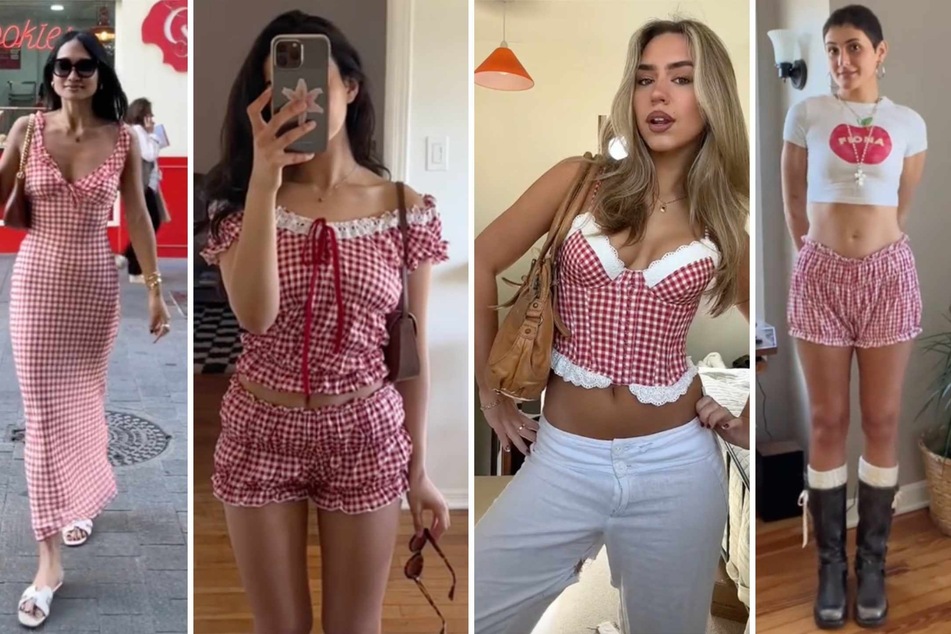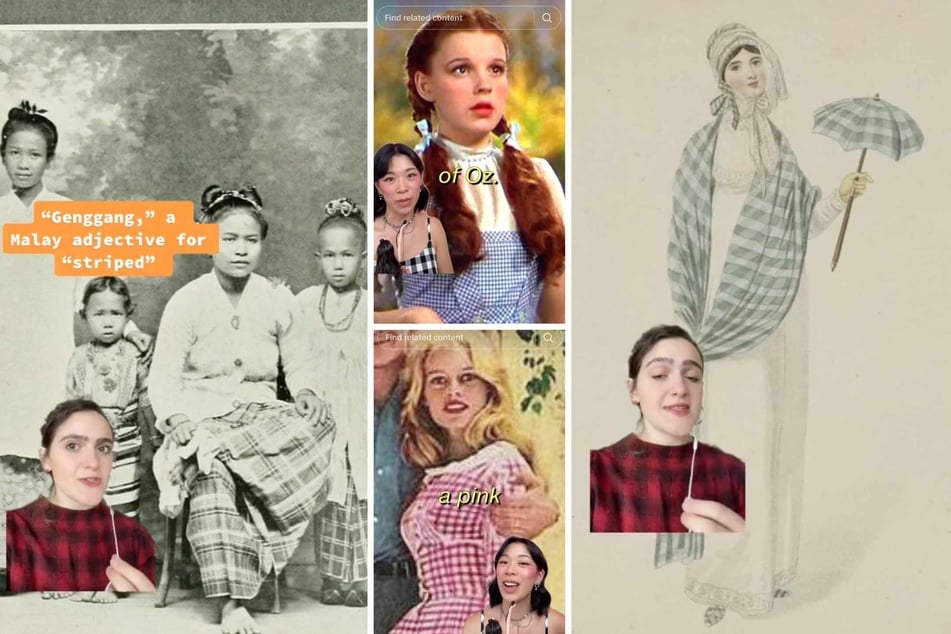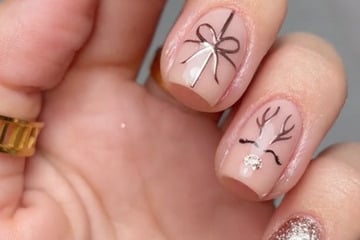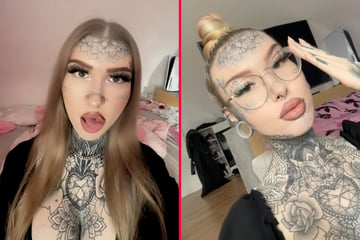One last Barbie movie fashion trend is holding on tight for spring and summer
While the fashion trend cycle has said "bye, Barbie!" to most elements of Barbiecore style, there's one aspect of the trend that's blowing up this spring and summer – bring on the gingham!

Gingham fabrics – like the one worn by Margot Robbie in her famous pink gingham Barbie sundress – are exploding in popularity for the warmer months, and we are here for it!
Red gingham, in particular, is especially prevalent for a delightful picnic blanket kitsch moment.
Traditionally, the pattern is used in dresses and skirts, considering its huge popularity in the '40s and '50s, but the latest iteration of the trend is favoring bloomers/boxers emblazoned with the pattern.
If you need help styling gingham, look no further than another big spring trend – the Garden Girl aesthetic!
Garden Girl's overalls, linens, and chunky knits look harmonious with ginghams, but you can also use the pattern in Rockabilly and vintage glam looks for that sunny day va-va-voom!
The history of gingham as a fabric pattern

Gingham originated in Asia and comes from the Malay word genggang meaning striped.
First popularized in the West by English and Dutch colonizers in the 18th century, gingham is a repeating geometric checkerboard pattern similar to plaid or tartan.
Plaid and tartan generally use multiple jewel tone colors in their patterns, but the modern incarnation of gingham often uses white with another non-white contrasting pop of color.
The pattern was a popular choice in rural areas of the US throughout the 19th century, prized for its durability and bucolic associations.
Sales of the pattern boomed in tandem with pop culture moments like Judy Garland's 1939 Wizard of Oz dress, Doris Day's love of the fabric in the '40s, and Brigitte Bardot's famous gingham wedding dress in 1959.
Are you feeling the gingham this summer?
Cover photo: Collage: Screenshots/Instagram/@serenartistry, @huniloula, @babyswan27, & @conchiittaaa

